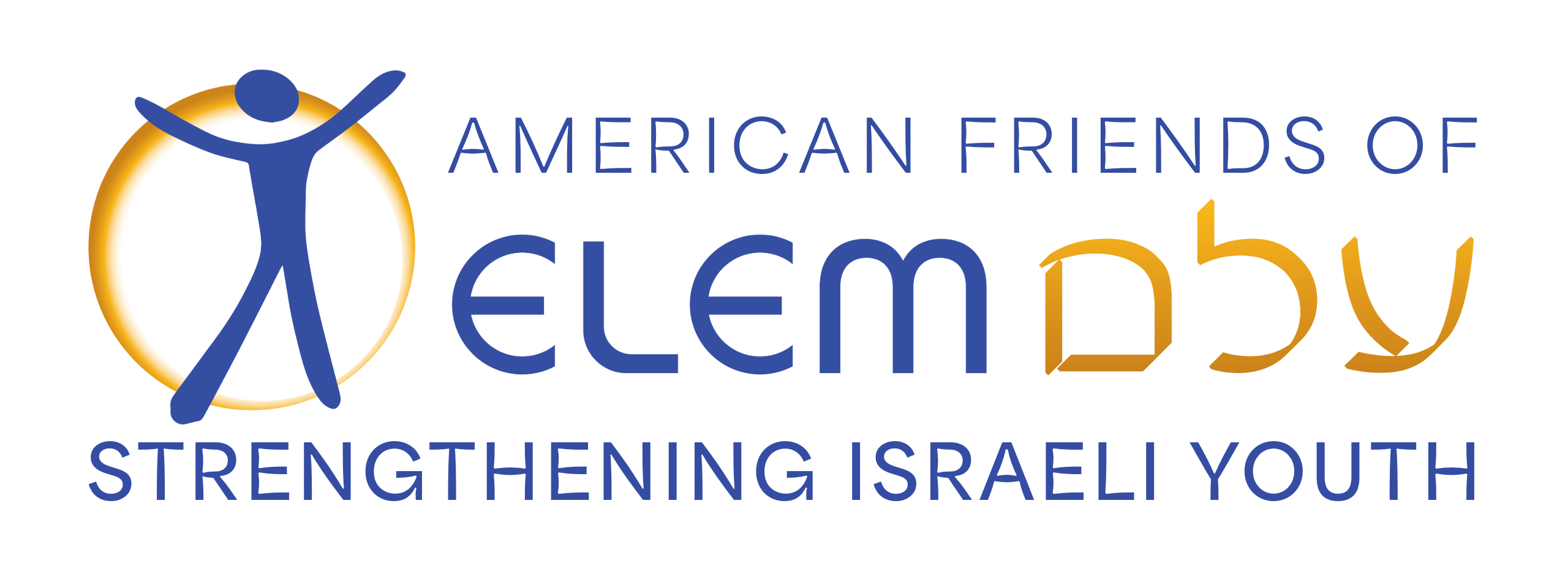Breathing Spaces
Three days after the events of October 7th, ELEM was already where we were needed the most: on the ground.
Based on our existing outreach van program, ELEM staff and volunteers were already trained to implement high quality, informal therapy spaces for youth. With the goal of preventing trauma from turning into post-trauma, ELEM effectively reaches youth who would otherwise not access any framework for support — on their own turf.
Breathing Spaces, which are open various nights throughout the week, look like friendly popup space in hotel lobbies and courtyards where displaced families are being hosted. Parents and adults are focused on maintaining economic and professional stability, and these youth are often left without stable adult figures.
Decorated with beanbag chairs, rugs, and dotted with musical instruments and snacks, Breathing Spaces are the only remaining safe space for youth. Otherwise aimless groups of teens filter in throughout the night and opt for conversation and comfort with our small teams of trained staff and volunteers. The team ensures that they introduce themselves to teens and families throughout the week, and often knows all youth in a hotel or kibbutz.
Many don’t want to talk about what their situations and prefer to play board games, have snacks and talk about themselves outside of the context of war. Over time, these teens open up, and ELEM begins to guide them on the long path towards healing.
How Many Breathing Spaces Exist?
At its peak, there were 20 Breathing Spaces all over Israel, serving youth evacuated from both the north and the south. In response to real time events, this number is constantly changing. As families from the south find semi-permanent housing, many are able to close; yet with increasing violence in the north, others have opened. As of August 2024, there are 9 Breathing Spaces, with 5 in Tiberius alone.
Long Term: What’s Next?
ELEM is now focusing on creating full systemic support for displaced or temporarily housed youth, ensuring they can connect with mentorship, community, and social-emotional frameworks throughout the day. Our longstanding, innovative approach provides trauma support and interventions in the places most needed to the youth most at risk.
Gaya Nir, Director of Breathing Spaces
Gaya is the manager of the Breathing Spaces Program. In the past, she spent seven years as the manager of the Ashdod Outreach Van. Gaya came back to ELEM following the events of October 7th, in order to run the program for displaced youth, evacuated from Southern and Northern Israel. In April 2024, Gaya Nir spoke with audiences in San Diego, New York, and New Jersey about the Breathing Spaces. Watch her talk at Temple Emanu El in Manhattan here.




